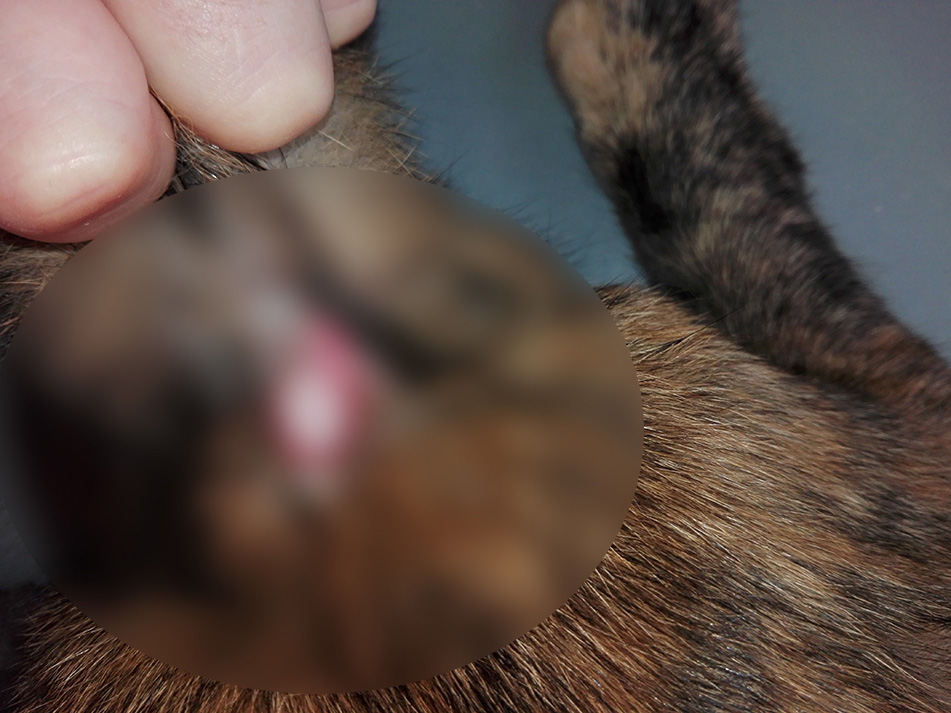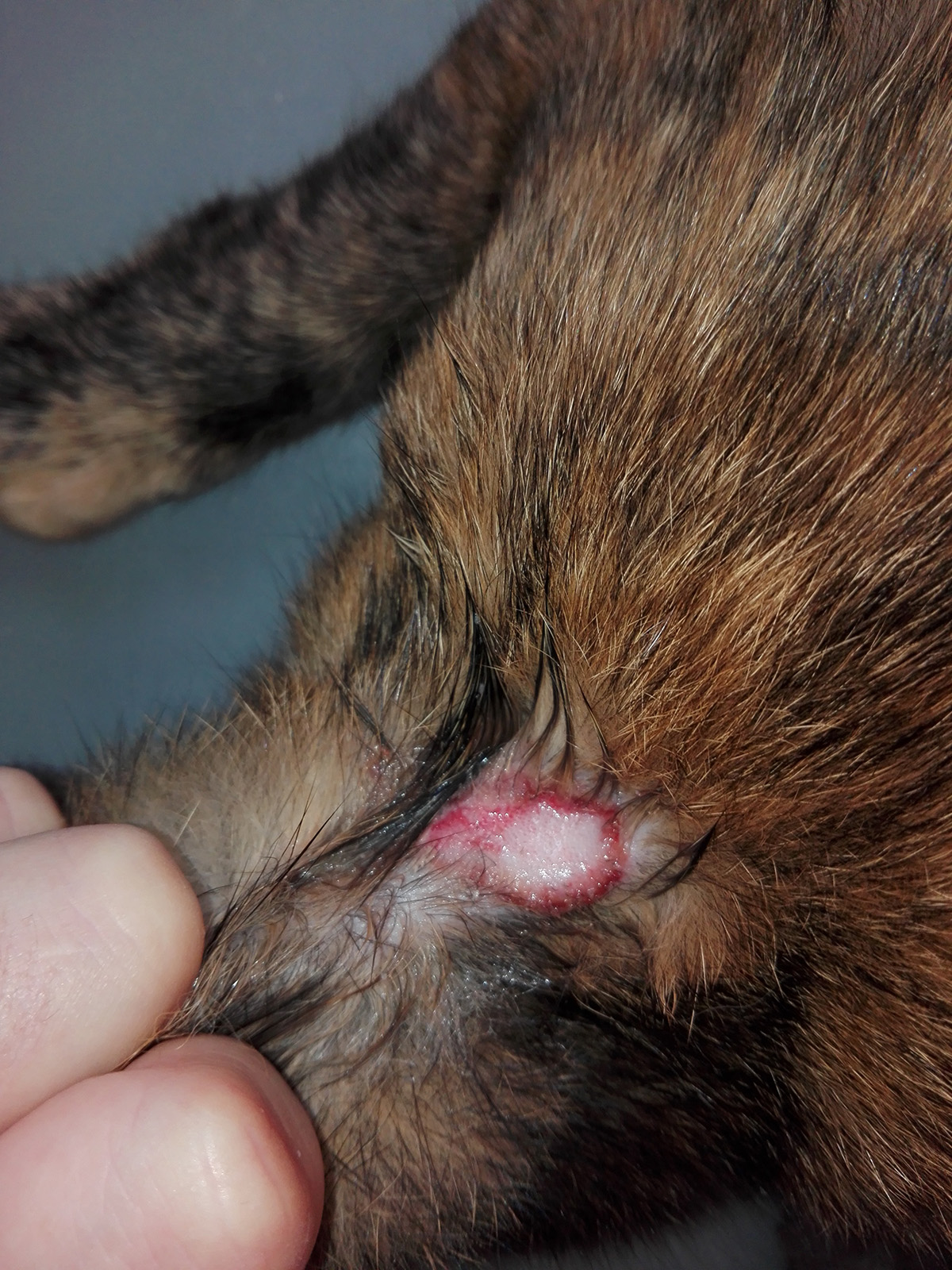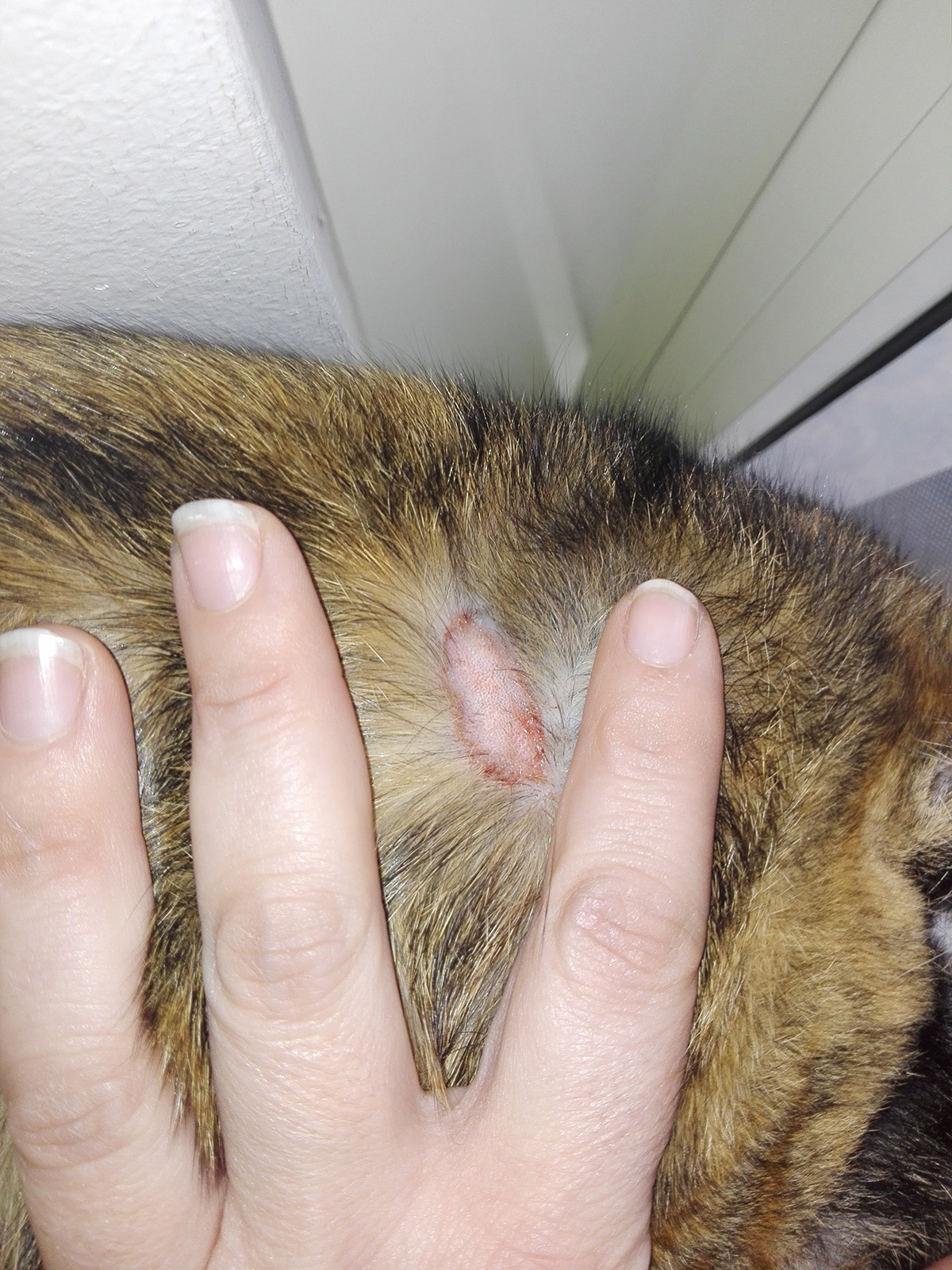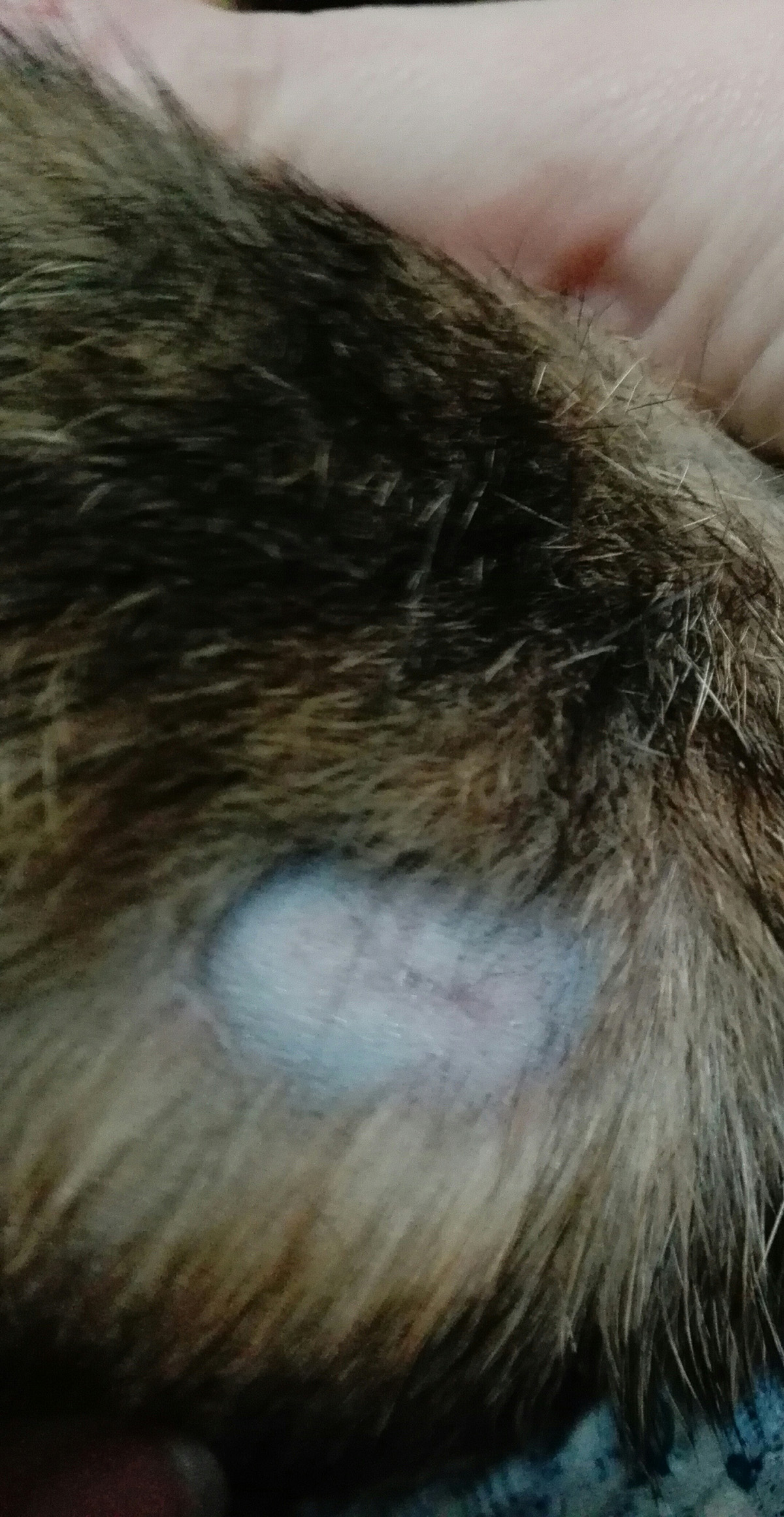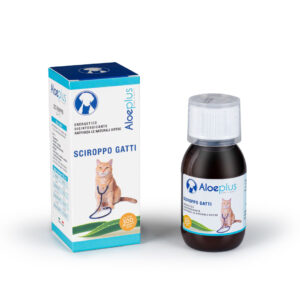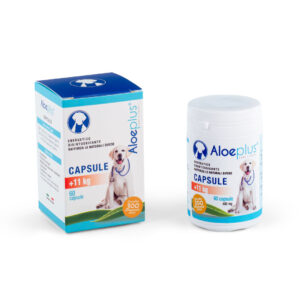Species and breed
European cat
Name
Ivana
Age
10 months
Veterinary
Dr. Cristina Calabria
Ambulant
The Veterinary Clinic “from 0 to 4 legs” – Marigliano (Na)
Pathology found
Mycosis, with roundish lesion, halopecic erythematous/crusty at
base of the neck.
Aloeplus products used and dosage
Aloeplus Dermo spray – 2 daily applications
Aloeplus Classic Oral Pasta – 2 ml per day
Other products used
Nobody.
In-depth analysis of the pathology found:
Mycosis Cutaneous is a disease caused by dermatophytes, which are microscopic filamentous fungi that feed on the keratin present in the hair and on the skin surface. This disease most often affects young and/or debilitated individuals. It usually manifests itself with typical roundish alopecia lesions, that is, areas of the hairless coat, circular in shape, where the skin appears covered with more or less abundant dandruff. At the edge of these lesions the hair appears broken and comes off with remarkable ease. Itching, normally absent, is one of the characteristics that allows to differentiate this disease from other skin lesions.
Skin mycosis can occur in various parts of the cat’s coat. It is often found on the outer surface of the auricles. This infection is easily “transportable” by the cat to other districts of its coat, so it happens that, in the case of fungal lesions on the auricle, there are simultaneously others inside the front legs or on the end of the hind ones. This step takes place on the occasion of the daily “cleaning” rituals that the cat usually does on itself.
The scaremongering that revolves around skin mycosis arises from the fact that mycosis can be transmitted from cat to man. This also happens when the cat can sometimes be a healthy carrier of skin mycosis and, while not manifesting clinical symptoms, can infect people and other animals with which it lives. When you doubt that you are infected, it is important to consult, in addition to the trusted veterinarian, also the dermatologist, who will prescribe the most suitable care.
Let’s read the report of Dr. Calabria on this clinical case:
Detailed report
Ivana was examined on February 17 due to a rounded and halopecic lesion with margins erythematosis-crustosis at the base of the neck, present for a week. The owner complains of little itching.
Antiparasitic prophylaxis is respected, and the cat follows a commercial diet. Since E.O.G. in the norm,
I performed Scotch test negative result; the Trichogram instead is positive, as it highlights the presence of infected hairs in which the cortical is not distinguished from the medullary (stem-hair region) because invaded by small transparent and rounded structures (arthroconids) and arranged in chains.
On the basis of the dermatological examination I issued a diagnosis of Mycosis and implemented therapy with Aloeplus Oral Paste and Dermo spray.
After 4 days the peripheral edge has already been less crusty and much of the erythematous region has disappeared.
On March 1, the lesion is much smaller, at the center of the lesion there are few erythematous foci, erythema and crusts on the edge have disappeared and the regrowth of the coat is already noticeable.
After 40 days the lesion no longer has crusts, only dandruff scales are visible on the skin at the base of the hair, the coat is strongly regrowing.
After 44 days, the lesion is completely healed and there is no alteration of the skin that is covered with a growing coat.

